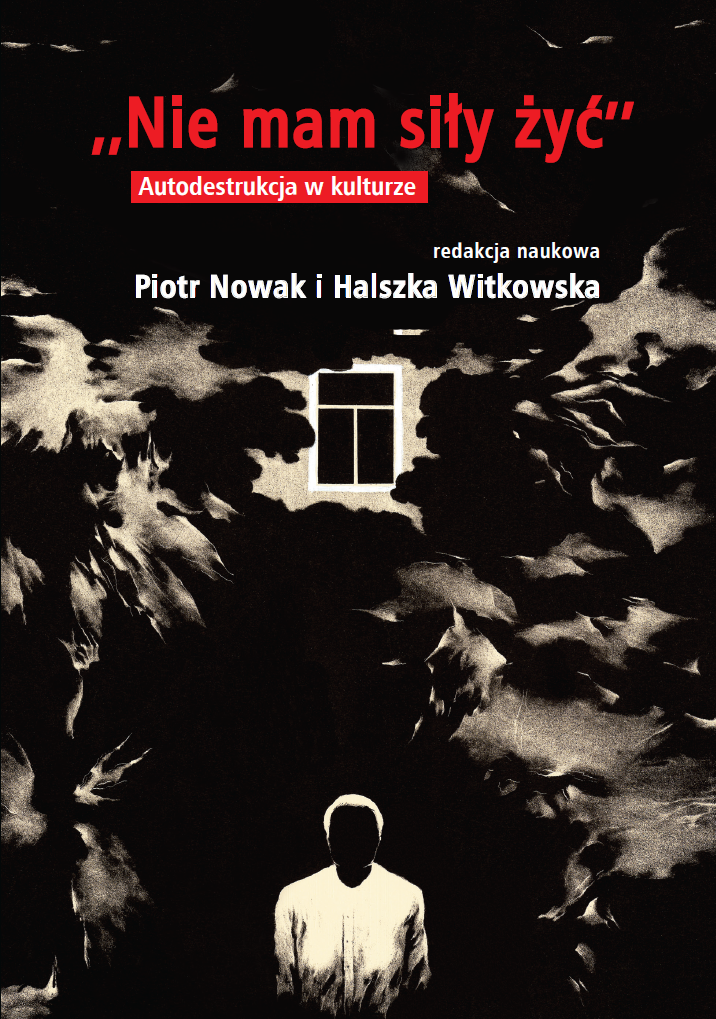Autodestrukcja i jej losy
Self-destruction and its vicissitudes
Depression, suicide and the culture of hate speech
Author(s): Paweł Dybel
Subject(s): Cultural history
Published by: Wydawnictwa Uniwersytetu Warszawskiego
Keywords: self-destruction; suicide; depression; Eros; Thanatos; prohibition; culture; global warming; artificial intelligence; Internet; hate
Summary/Abstract: I approach the phenomenon of self-destruction from two perspectives, individual and collective. Within the framework of the first perspective, I characterize two types of its manifestation in the form of suicidal tendencies of the individual. The first type are the impulses through which these tendencies make themselves known in life situations. The second type is the individual’s readiness to commit suicide consciously, usually occurring on the basis of depressive states (calculated suicide) and ritual suicide. In the collective perspective, I consider self-destructive tendencies in relation to the late version of Freud’s theory of drives based on the opposition of Eros and Thanatos. I point out that these tendencies are linked to Thanatos, despite the fact that man tries to repress them into the unconscious by means of prohibitions, constitute a permanent threat to human culture. This threat has increased in modern culture due to such phenomena as the accumulation of powerful arsenals of nuclear weapons by the world’ military powers, increasing global warming, the use of artificial intelligence technology in various areas of social life, the emergence of new forms of aggressive behaviour (hate) on the Internet. All these phenomena contain powerful destructive and self-destructive potential. Being synonymous with progress, they can become the harbingers of the decline and the end of human civilisation.
Book: Nie mam siły żyć
- Page Range: 169-188
- Page Count: 20
- Publication Year: 2024
- Language: Polish
- Content File-PDF

